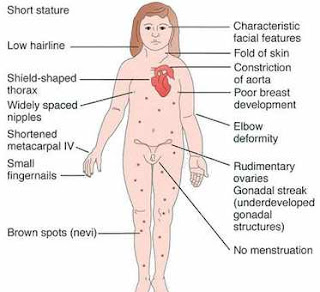CF is inherited as an autosomal recessive trait. The CF gene codes for a protein of 1,480 amino acids called the CF transmembrane regulator (CFTR).
Four long-standing observations are of fundamental pathophysiologic importance:
- failure to clear mucous secretions,
- a paucity of water in mucous secretions,
- an elevated salt content of sweat and other serous secretions, and
- chronic infection limited to the respiratory tract
Cyclic AMP-stimulated chloride conductance is a function of CFTR itself; this function is absent in epithelial cells with many different mutations of the CFTR gene.
The postulated epithelial pathophysiology in airways involves an inability to secrete salt and secondarily to secrete water in the presence of excessive reabsorption of salt and water. The proposed outcome is insufficient water on the airway surface to hydrate secretions. Desiccated secretions become more viscous and elastic (rubbery) and are harder to clear by mucociliary and other mechanisms.These secretions are retained and obstruct airways, starting with those of the smallest caliber, the bronchioles. Airflow obstruction at the level of small airways is the earliest observable physiologic abnormality of the respiratory system.











































